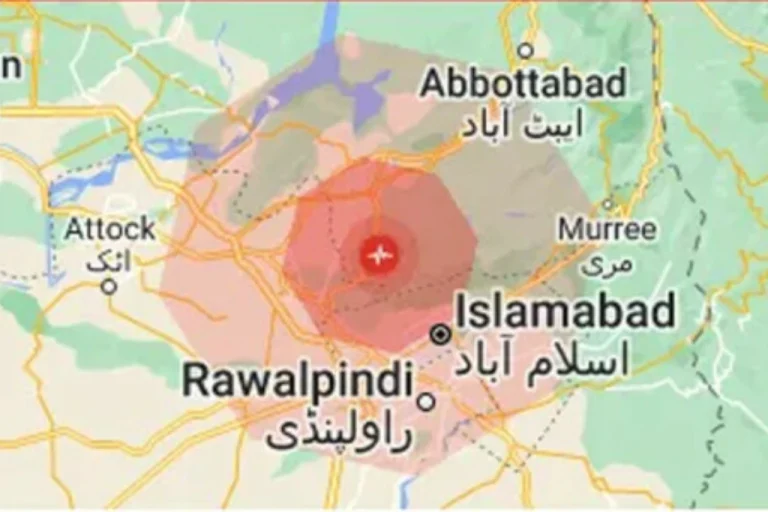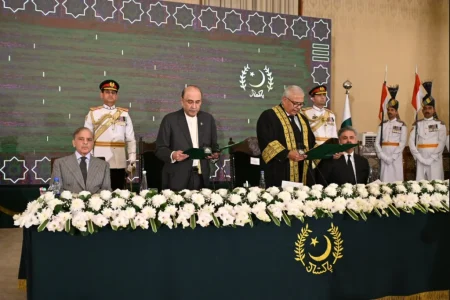The Pakistan Meteorological Department (PMD) has reported that earthquakes have struck Islamabad, Rawalpindi and different regions of KhyberPakhtunKhwa . Reportedly, the earthquake was experienced in the morning of Tuesday at about 10:20 am.
The epicentre was between the Hindu Kush of Afghanistan at a depth of about 190km and magnitude 5.2
Rescue 1122 spokesperson has stated that there are no reports of any building damages or fatalities being reported yet. So there is no need to declare an emergency so far.
Pakistan is positioned right where three massive tectonic plates meet — the Arabian, Eurasian and Indian. Because of this clash of plates, the land is cut through by several fault lines. Geologists have classified the country into five distinct seismic provinces and in all the five the earthquake is regarded as a normal activity of life.
This quake experienced on Tuesday was in Hindu Kush mountains. This area is known worldwide for its restless seismic activity. It’s exactly where the Indian and Eurasian plates collide, and that constant push makes the region prone to strong jolts. Experts at the US Geological Survey note that some of these quakes even rumble from as far down as 200 kilometres beneath the surface.
Scientists say the tremors in this region are tied to movements deep underground, where one plate slips beneath another. In the Hindu Kush–Pamir belt, parts of the earth’s crust sometimes even break away, adding to the instability. This whole area forms a section of the wider Himalayan seismic zone.
History reveals that it has caused quite a number of devastating earthquakes that have rattled Afghanistan, Pakistan and north India.
This is not the first major quake which has been felt in Islamabad and Rawalpindi and the surroundings as a 5.1 quake was felt only a few weeks ago. It rattled buildings and made people alarmed but fortunately it did not result in any injuries and loss of life.







